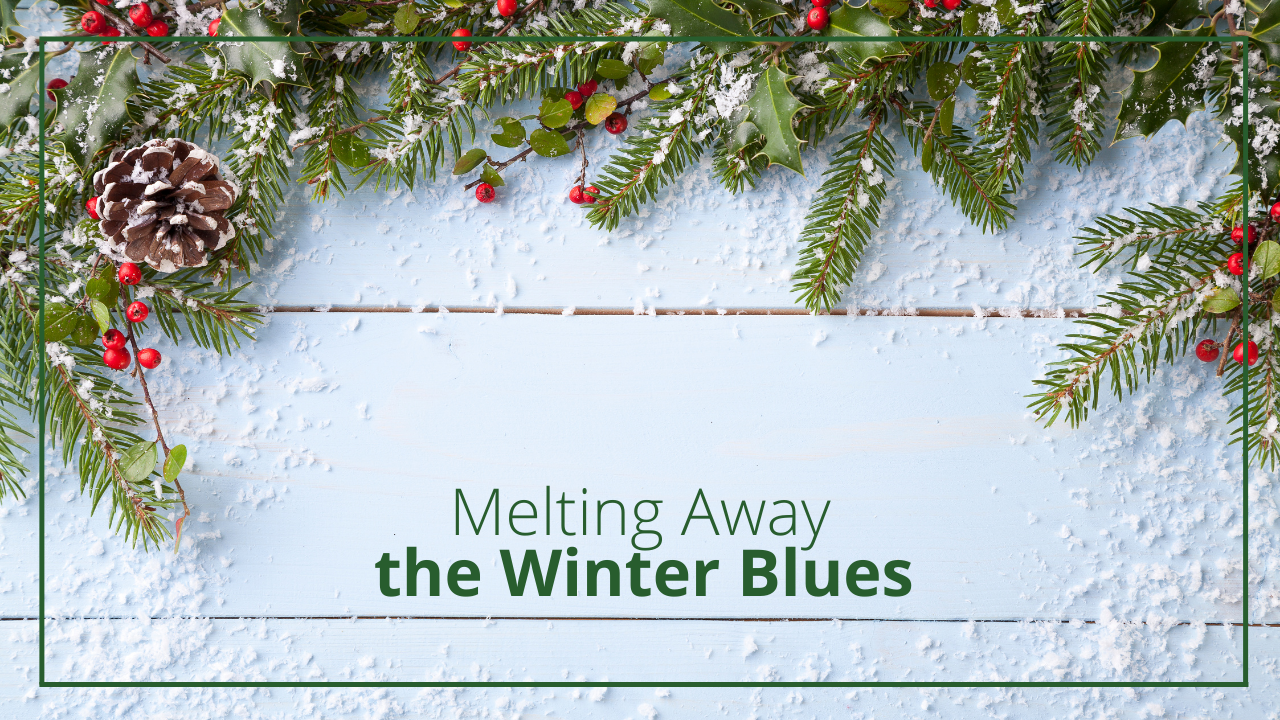Identify These Home Inspection Red Flags Before Purchasing
February 25, 2015 / GVC Mortgage, Inc. / The Homefront, The Vault
Identify These Home Inspection Red Flags Before Purchasing

Just as you wouldn’t buy a car with functional or noticeable aesthetic problems, you don’t want to buy a house that might crumble to the ground soon after your purchase. This is why home inspections are critical during the house hunting stage, but since you can’t get a home inspection done for every house you tour, look for a few of these home inspection red flags on your own to help you narrow down your choices.
Glance around the neighborhood
When you first arrive at the house you’re touring, make sure to take comprehensive mental notes, or actual notes, of the neighborhood. If you see run down homes, for-sale signs plaguing the street, or boarded up businesses, those might be signs you don’t want to live there if other people are leaving.
Check the roof
Obviously you can’t get on top of the roof during your home tour, but you can take a thorough look from the ground. If you see multiple layers of tiles it may mean the roof was patched in the past. If you were to replace the roof in the future all the layers may need to be removed which means it will be more costly.
Examine the wiring
While you’re walking through the home, keep an eye out for the number of electrical outlets present. The fewer there are the more extension cords you’ll have to use which strains the electrical system. In addition you should be mindful of any exposed wires. A licensed professional will need to be called to fix the problem.
Measure the cracks
One sign of a structural issue can be cracks in the wall. Bulges and cracks bigger than one-third inch can mean the house has structural issues. Fixing structural issues range from moderate to astronomically expensive.
Check for bugs
Be on the lookout for unwanted critters, whether it be roaches, mice, or termites. If you end up buying the property and rid the infestation, you may have to make sure the problem doesn’t show up again. Be prepared for this added expense and take it into account when purchasing the home.
Take a deep breath
During your tour keep your nose open. If you notice a musty smell it could be caused from mold. Removing the mold is one thing and is costly, but if the mold is caused from water seepage someplace, it could be even more expensive to identify and fix the problem.
Inspect the plumbing
Leaks may be hard to detect on your way through, especially if you visit an empty house where the plumbing system isn’t being used on a daily basis. Look for leaks, or discolored walls and floors to identify the leak, but keep in mind this is a problem that may show up later.
Trust your gut
If you don’t feel right about the house, and you noticed a few home inspection red flags on your own, you can eliminate the option entirely or take the cost of the renovations into consideration when negotiating the price of the home. Even an official home inspection does not guarantee the home won’t have future problems. Trust your instincts and look out for these critical home inspection red flags.
What other home inspection red flags should you look for?
.png?width=505&height=89&name=GVC%20Mortgage%20(4).png)


.png)
